Anuradhapura, also referred to as the Sacred City of Anuradhapura, is a city in Sri Lanka’s Northern Central Province. Anuradhapura is well known for its archeological sites, civilization, cuisine, and tourist attractions in an iconic historical environment.
This Holy city was founded in 4th century B.C. As the Sacred City of Anuradhapura, it has been a UNESCO World Heritage Site since 1982. the long-standing epicenter of Theravada Buddhism. Theravada Buddhism is a branch of Buddhism that is found on the first piece of written Buddhist literature.
From the fourth century B.C. to the beginning of the eleventh century A.D., the city of Anuradhapura served as the seat of the ethnic Sinhalese society. Throughout this time, it remained one of South Asia’s most reliable centers of political power.
The Buddhist community reveres this ancient city. The town has religious significance because it still houses a piece of the Buddha’s bodhi tree, known as the “tree of enlightenment,” which Sanghamitta, the first Buddhist nun, brought in the third century B.C.
A few examples of the ancient Sinhalese construction festivals include man-made lakes that stretched to the horizon, stupas that reached the sky and served as data communications, homes perched atop rocks and decorated with intricate sculpture, water gardens, and futuristic settings for technology and stargates.
About three thousand years before, Sri Lankan technicians and artisans created the unique, breathtaking structures in an ancient society that brought down Buddhism from India. These creations, built with bricks and carved with stones, can still astound people worldwide. They were found in the ancient city of Anuradhapura. Here are a few of Anuradhapura’s best tourist attractions.
The most sacred Jaya Sri Maha Bodhi
UNESCO has determined the sacred city of Anuradhapura as a World Heritage. The preliminary analysis for the historical city to become a sacred city was the Jaya Sri Maha Bodhi
The preserved evidence indicates that in “Unduvap” (December), 236 BC, this sacred tree was situated in the former Maha Megha Vana Royal Park in Anuradhapura. Under the direction of Arahant Mihindu Maha Thero, Arahant Sanghamitta Maha There ceremonially brought the sacred Bodhi sapling here. This Bodhi tree was planted with royal pageantry in the Maha Megha Vana Royal Park, dedicated to the great bhikkhus, by Sri Lanka’s former monarch King Devanampiyatissa. The Jaya Sri Maha Bodhi of Anuradhapura is 2,247 years old.
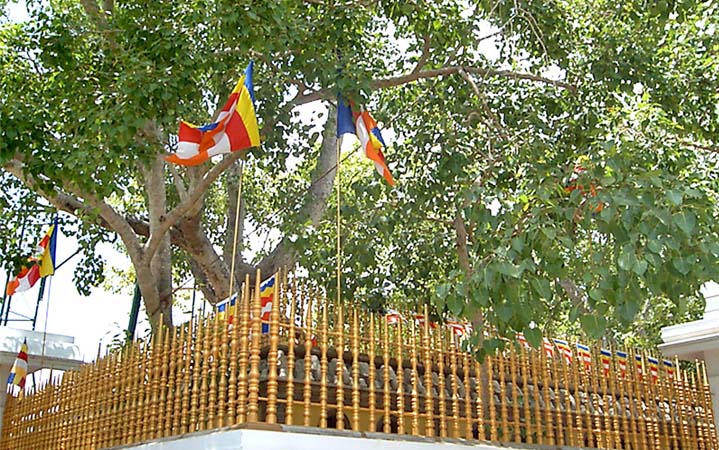
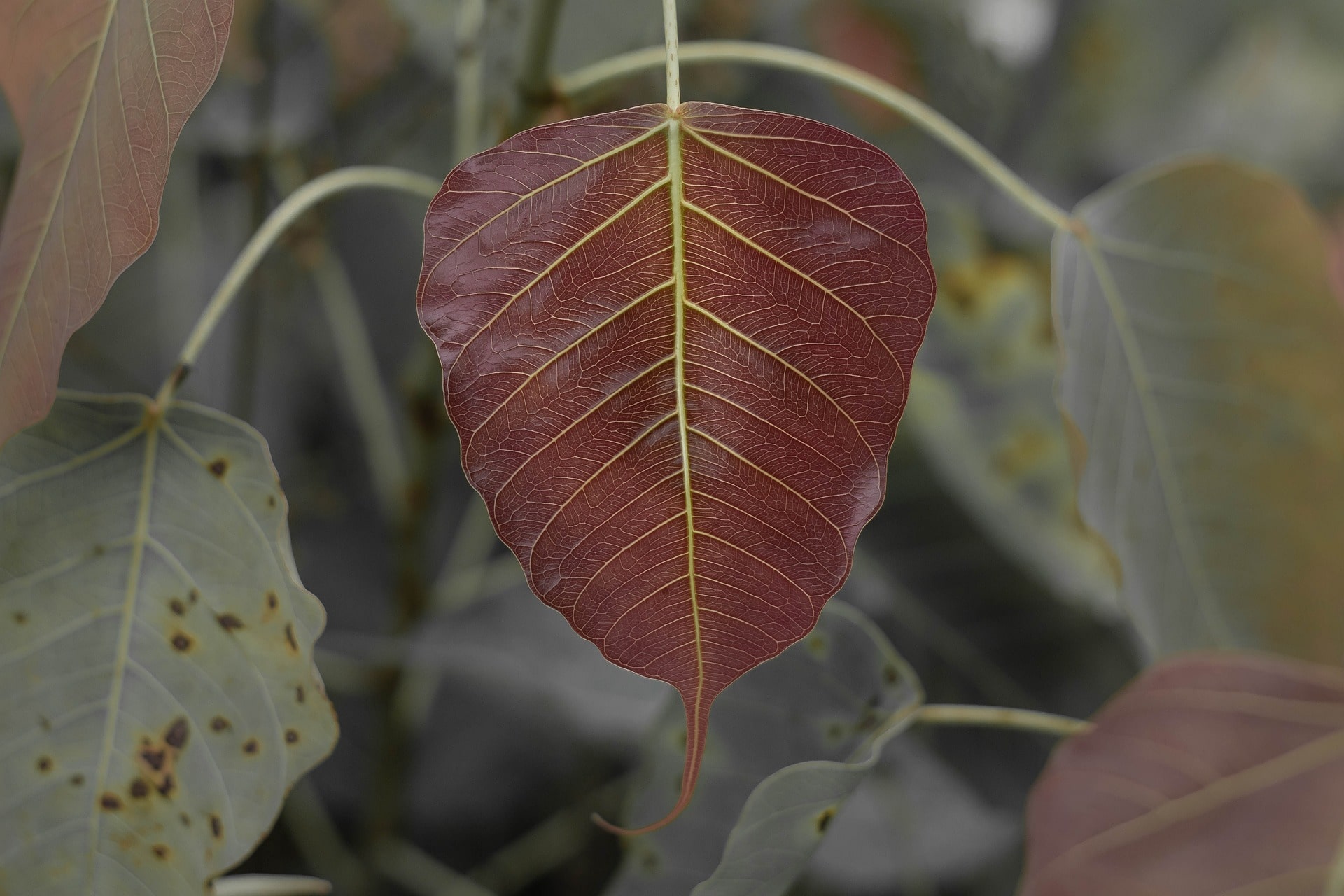
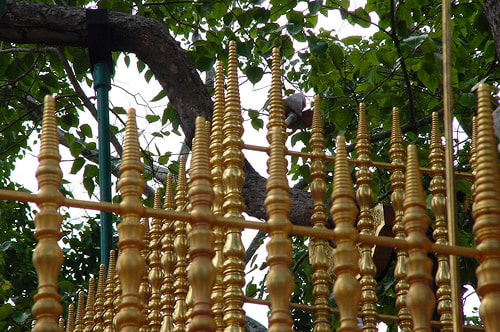
It continues to be a revered holy city built around the Sacred Bodhi Tree, which looks like it has grown from a branch of the original Bodhi tree where the Buddha attained enlightenment.
The sacred site of Anuradhapura is listed as a World Heritage site by UNESCO. The preliminary analysis for the historical city to become a sacred city was the Jaya Sri Maha Bodhiya.
The preserved evidence indicates that in “Unduvap” (December), 236 BC, this sacred tree was situated in the former Maha Megha Vana Royal Park in Anuradhapura. Under the direction of Arahant Mihindu Maha Thero, Arahant Sanghamitta Maha There ceremonially brought the sacred Bodhi sapling here. This Bodhi tree was planted with royal pageantry in the Maha Megha Vana Royal Park, dedicated to the great bhikkhus, by Sri Lanka’s former monarch King Devanampiyatissa. The Jaya Sri Maha Bodhi of Anuradhapura is 2,247 years old.
It continues to be a revered holy city built around the Sacred Bodhi Tree, which looks like it has grown from a branch of the original Bodhi tree where the Buddha attained enlightenment.The Jaya Sri Maha Bodhi of Anuradhapura is thus the most revered tree in the environment with a recorded history. The Jaya Sri Maha Bodhi is one of the oldest trees in Sri Lanka and is still alive and well today in the Mahamewna Gardens of Anuradhapura. According to legend, this unique tree originated from a cutting brought here from Bodh Gaya, India.
It is one of the most visited sites in Anuradhapura by pilgrims and other spiritual beings because it is thought to have been brought from where Gautama Buddha attained enlightenment. The ancient kings and queens of Sri Lanka and numerous Buddhist leaders looked after it. This tree, which thrives even in the worst conditions, is reputed to have a serene beauty that inspires visitors with a sense of calm and peace—best known for having an aura of peace and an incredibly long life. Spend a day here and in the soberest parts of nature!
Feel the power of the triple gems at Ruwanweli Maha Seya
One of the most well-known tourist attractions in Anuradhapura, Sri Lanka, and one of the biggest stupas in the country is the Ruwanwelisaya Stupa. This stunning stupa, which King Dutugamunu built centuries ago, is located in the center of Anuradhapura, a world heritage site. Its construction was overseen in 161 B.C. by King Dutugemunu, who ascended to the throne after defeating King Elara. Unfortunately did not live long enough to see its success. This ornate structure, also known as Maha Stupa, is more than 338 feet tall and has broad paved courts and platforms, giving it a distinctive architectural touch.
This shrine now enjoys the honor of being among Anuradhapura’s most revered places of worship as a result of recent renovations. It is Anuradhapura’s second-highest stupa and is still a significant place of worship. This building and architecture are imposing.
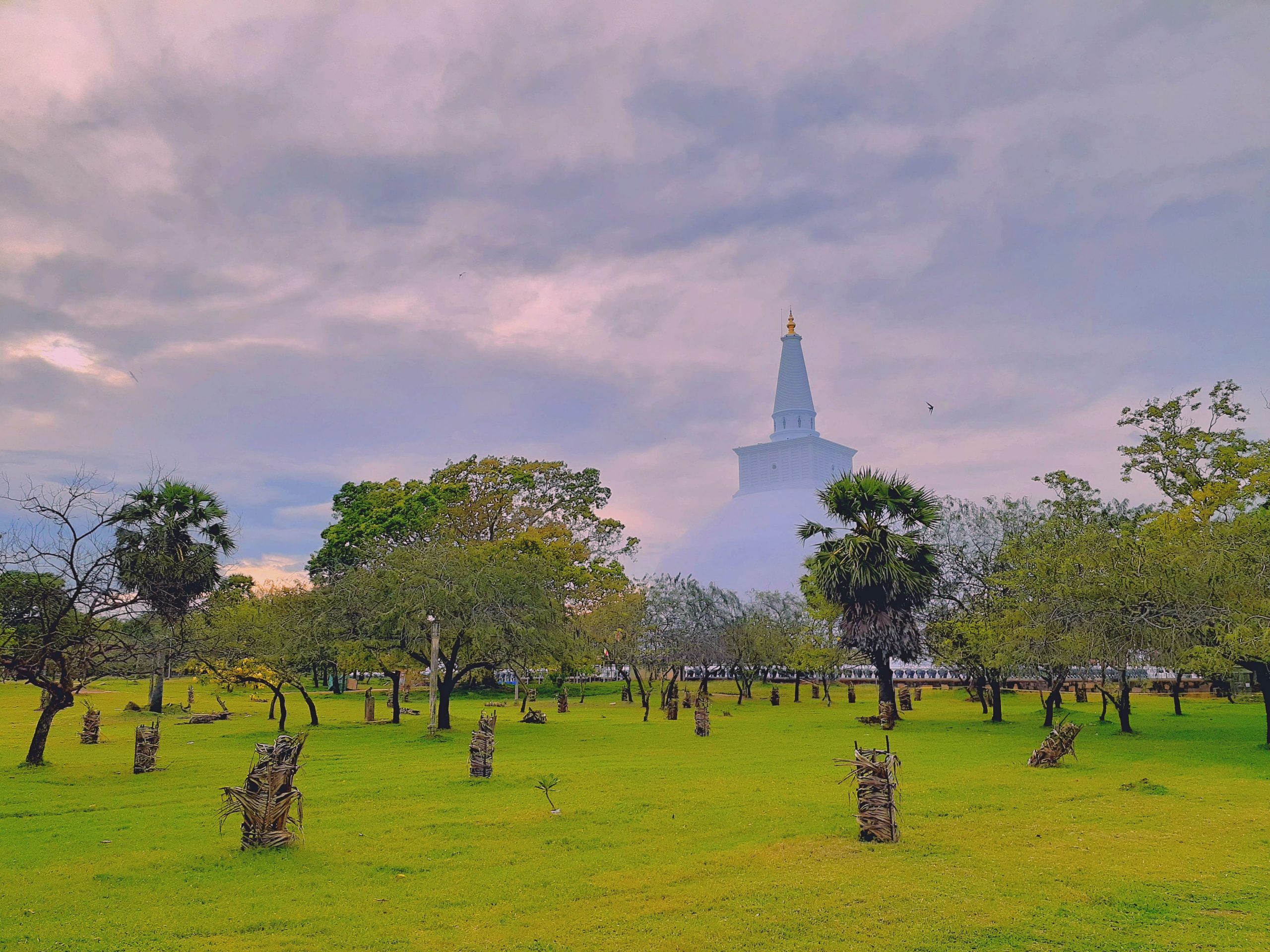
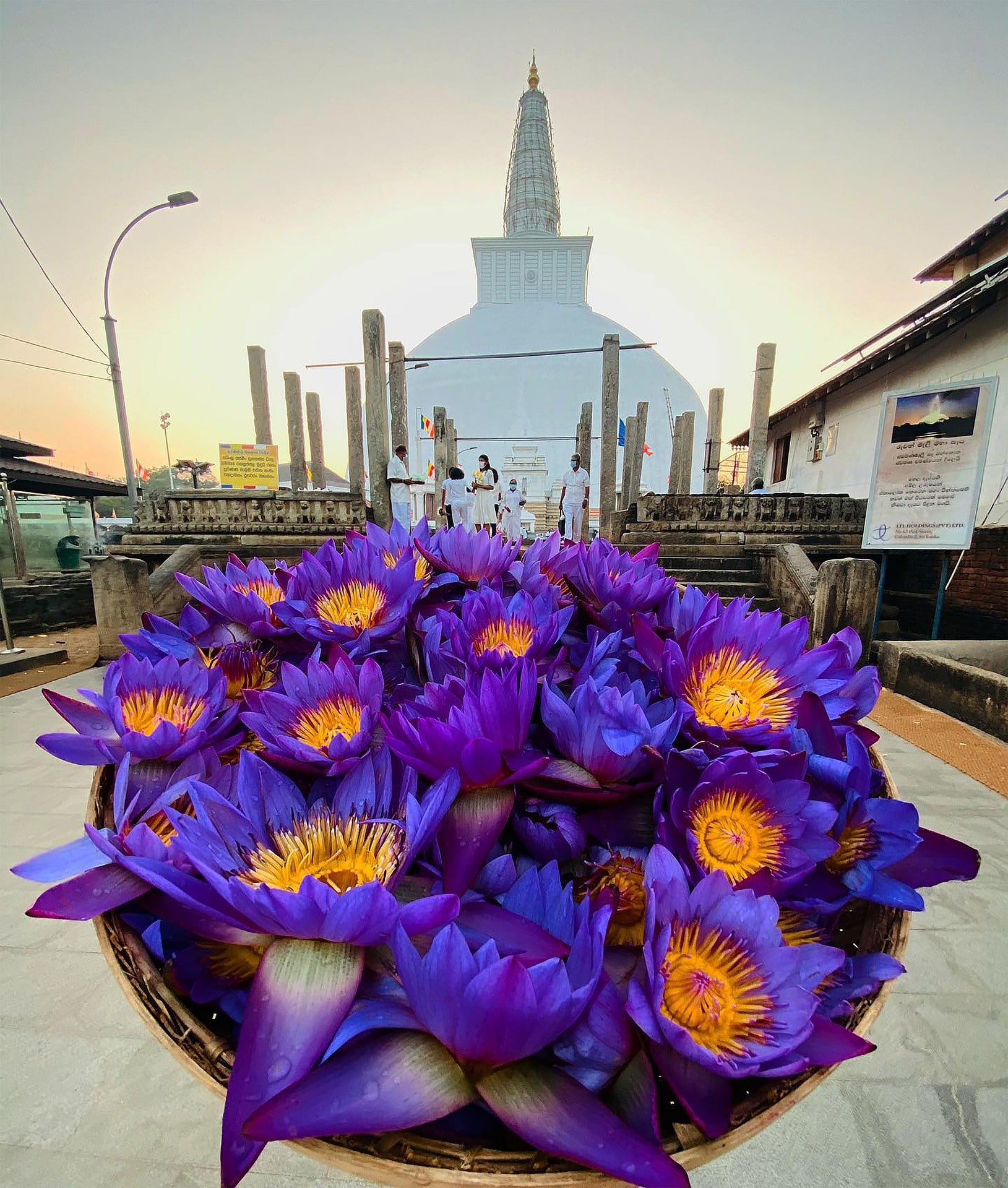
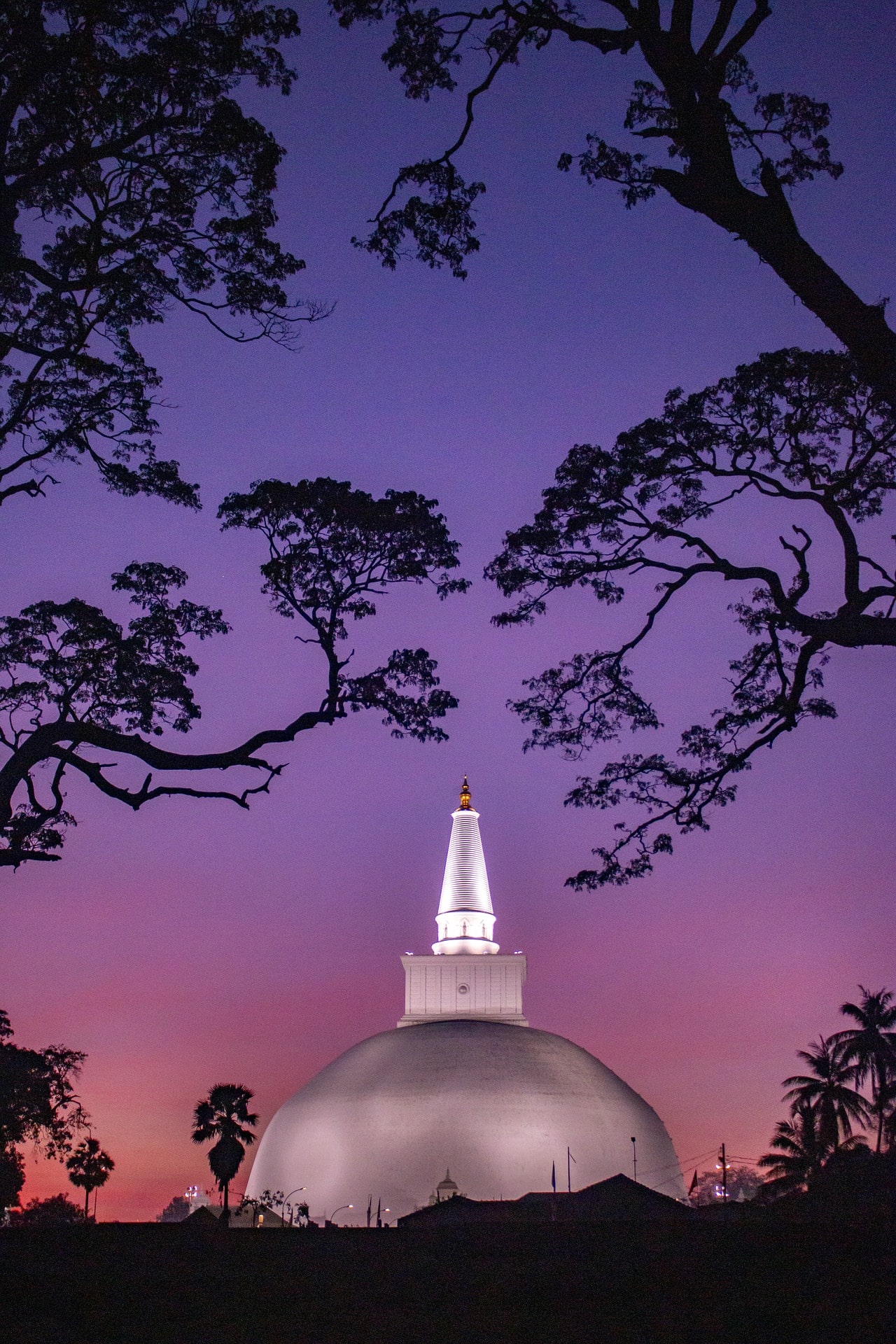
Visit the largest stupa in paradise Sri Lanka, Jethavanaramaya.
One of Anuradhapura’s biggest monasteries is the Jetavanaramaya monastery. It used to be the third-tallest building in the entire world. Every year, many worshippers and history buffs from all over the world come here, attracted by the legend that this ancient sanctuary is where Buddha’s sash or belt was tied and preserved for a very long time. Jetavanaramaya still draws tourists with its captivating historical significance.
King Mahasen built Jetawanaramaya (276-303 AC). As a devotee of Mahayana Buddhism, King Mahasen, because of its enormous stupa, Jetavanarama is distinctive. Nandana Park was mentioned earlier as the location of the Jetavanarama. Thera Mahinda delivered seven days of nonstop Dhamma sermons in this location. In addition to those erected by King Mahasen, Kitisirimevan (303–331 AC) and kings who served him built all the buildings needed for a monastery in this location.
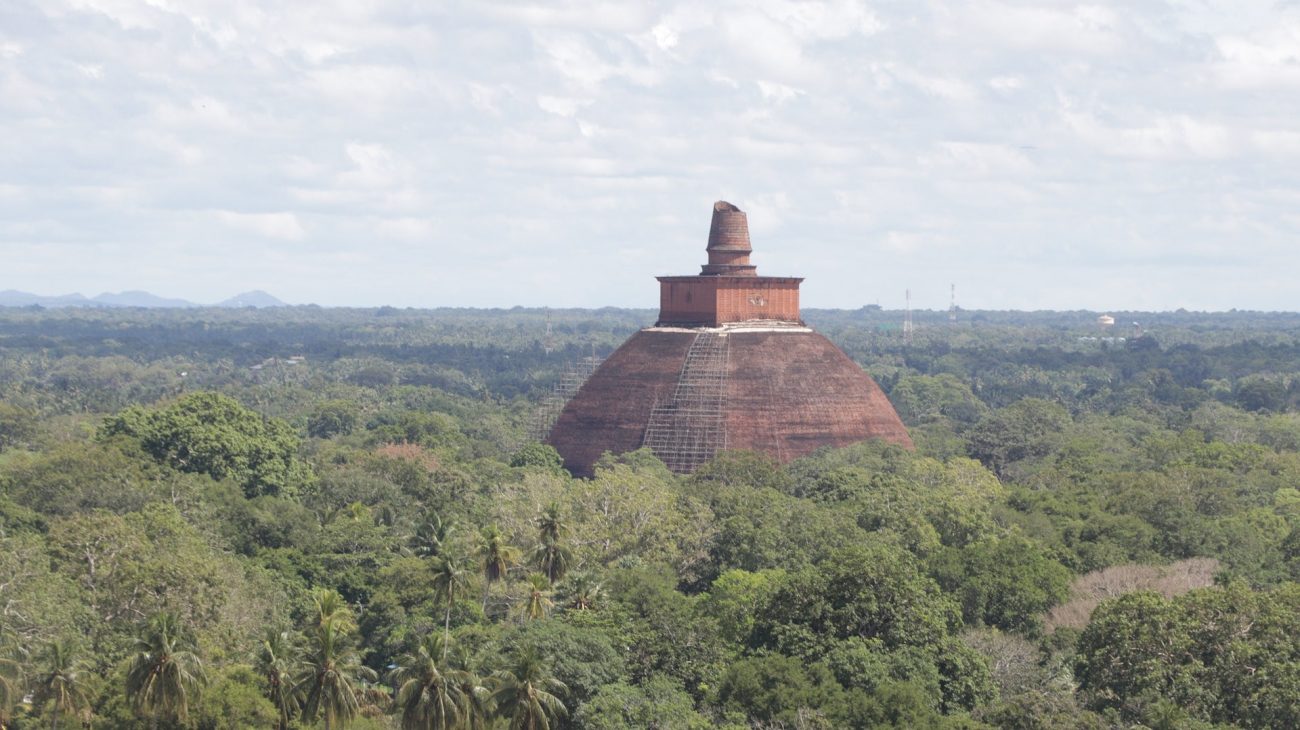
The brazen place called Lovamahapaya
Lovamahapaya, also known as the Brazen Palace, is a nearly 2000-year-old palace constructed by King Dutugemunu in the second century B.C. The bronze tiles on the roof of this palace, which give it a dashing touch, are its most striking feature.
The 1600 stone columns that support the nine stories and roughly 1000 rooms on this palace’s nine floors, some of which are as tall as 150 feet, are among its other notable and appealing features. Initially, it served as a place for Buddhist monks to stay during “Poya” festival days. And even though it is now in ruins, the enormous palace is still a reminder of a bygone era and a testament to the country’s rich culture and heritage.
Be blessed at Isurumuniya temple
In Anuradhapura, close to Tisa Wewa, is the Isurumuniya Viharaya. A rock is located above a cave that has a Viharaya attached to it. On it, a small stupa is built. The stone carving known as Isurumuniya Lovers is the most renowned and admired worldwide. Isurumuniya is renowned for its stone carvings. The Royal Family, Elephant Pond, and the Horseman depict in various carvings.
Devanampiya Tissa, who ruled the historic capital of Anuradhapura, oversaw the construction of the Isurumuniya Viharaya. The Temple was built as a spiritual complex to house recently oriented monks.
Some think that the Isurumuni lovers are the Hindu deities of Shiva and Parvati. However, according to Dr. Paranawithana, it is believed to represent Prince Saliya, a poor woman the prince preferred over the throne and the son of King Dutugemunu and Asokamala.
The Bathing Elephants are various stone carvings that many people like, and they have a striking impact as soon as you enter the temple grounds. The carvings’ reproduction, however, varies. So it is assumed that two artists, working at different ages and using different techniques, created the piece.
The carving of the man and horse in the rock face above the Pond is vaguely titled “The Man and the Horse.” He is seated in the “King position.” His left arm is raised vertically beneath the palm-down position of the hand. His right knee is bent, and his right arm rests on it.
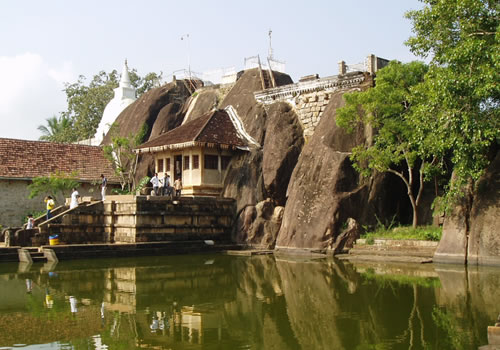
Buddhist forest monastery complex in Vessagiriya
It is believed that the Sanskrit word “Vaishya” and the Sinhalese word “Giri” continue to be the source of the name “Vessagiriya”. One of the powerful castes in Indian culture, the Vaishya, supports businesspeople and merchants. Hill is referred to in Sinhalese as giri. Therefore Vaishya Giri would refer to the mountain of workers and traders. It also implies that the modest monks who lived here may have worked as merchants outside monastic life.
The history of Vessagiriya reveals by the inscriptions that enthusiasts and monks have carved on the stones. Arahat Mahinda Thero, who established Buddhism in Sri Lanka, is credited with ordaining 500 Vaishyans in Vessagiriya, according to historical records. The ascetic monks have still rested on flat granite surfaces.
During the reign of King Devanampiya Tissa, Vessagiriya was thought to have been known as “Issarasamanarama”.
Feel the hospitality of village Thanthirimale
Tourists, particularly Buddhists interested in exploring the ancient Buddhist temples, seek out the old village of Thanthirimale or Tantirimale, one of the best places to visit in Anuradhapura, Sri Lanka.
This place is popular with tourists because of its proximity to the rocks. In addition to the old village, Thanthirimale Stupa, Sri Maha Bodhi Plant, Bo Tree, and other similar locations make for wonderful exploration for tourists and Buddhist devotees.
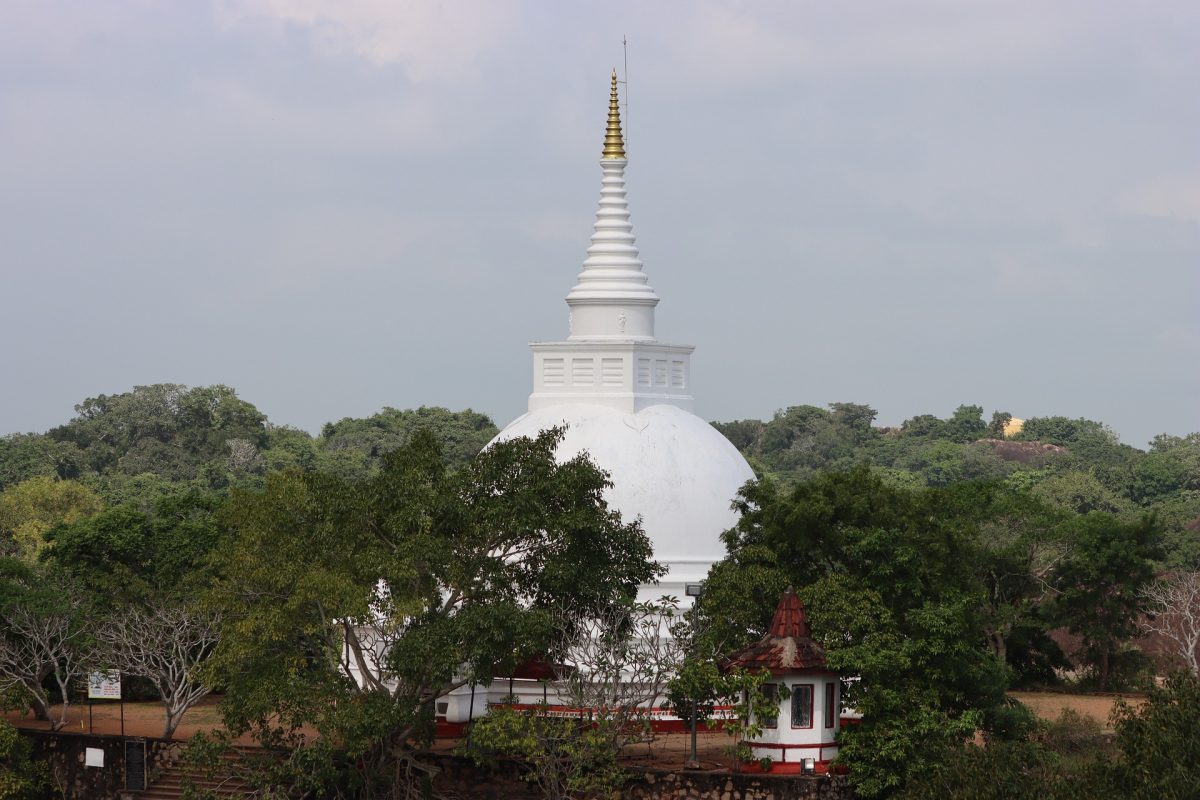
Take the blessings from Abhayagiri viharaya.
It’s like committing a sin not to explore dagobas before leaving Anuradhapura. This enormous dagoba dates to the first century B.C. Abhayagiri Dagoba was one of the most significant structures in the world at the time because of its original height of 100 meters. Restored the height to 75 meters after the area was rebuilt and preserved. The literal translation of this location’s name is “Fearless Hill” or “Hill of Protection.”
According to Bhikkhu Fa-Hsien, 3,000 resident monks in the Mahavihara and 5,000 in the Abhayagiri visited Sri Lanka in the fifth century. The development of Abhayagiri, which was the foundation of Mahayana Buddhism, reached its height during the reign of King Mahasen. Buddhist buildings discovered in Abhayagri’s suburbs demonstrate the importance of this complex as a regional and international center for education.
King Devanampiyatissa constructed the Buddhist forest monastery complex of Vessagiriya in the third century B.C. In the complex, 23 cases had discovered. Since rocks from this location have been used for other construction projects at a later stage, the legend suggests that they were initially intended to be larger than it is now.
Samadhi Buddha statue
One of the country’s best-preserved statues is that of the Samadhi Buddha, located in Anuradhapura. It is renowned for establishing the standard by which all other statues of a similar nature measure. The Samadhi Buddha statue dates from the third or fourth century A.D., though its creator and supporter are unknown.
However, King Mutasiva sponsored the Park of Mahamewna, one of the country’s most sophisticated and generous gardens, who has escorted back to the third century B.C. The current statue of the Samadhi Buddha depicts him in a contemplative pose, with one hand resting on top of the other on his seat in the dhyana mudra, a sign of peace. He is in the veerasana pose with his feet together.
In conclusion, this enormous statue stands seven feet three inches tall. It is believed by many to have slightly lost its original value due to the extensive restoration. This has destroyed during the 19th century, especially in the nose.
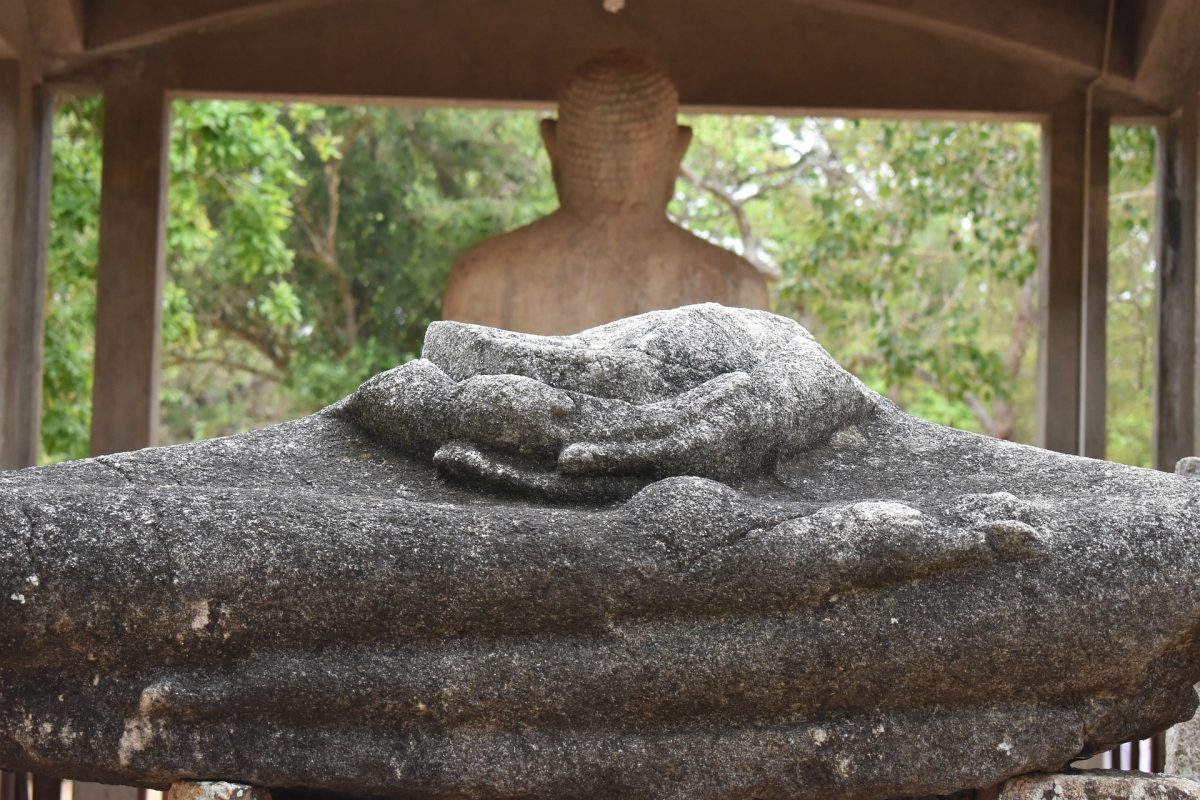
Sandakada Pahana (Moonstone)
A semicircular stone slab known as Sandakada Pahana, also known as Moonstone, is frequently found at the bottom of stairways leading up to historic royal palaces and places of worship in Sri Lanka. It is a remarkable example of traditional Sinhalese architecture. The most beautiful and well-preserved Moonstone found in Sri Lanka is the one that is placed in the Mahasen’s Palace.
The symbols collectively convey a profound religious meaning. Prof. Senarath Paranavithana introduced the widely accepted interpretation.
He claimed that
“The Moonstone” refers to the Sansara cycle.
The level represents temporary desires. Thanha
The lotus stands for Nirvana’s successful completion.
The elephant, bull, lion, and horse stand for life, aging, illness, and demise.
Swans stand for the separation of good and evil.
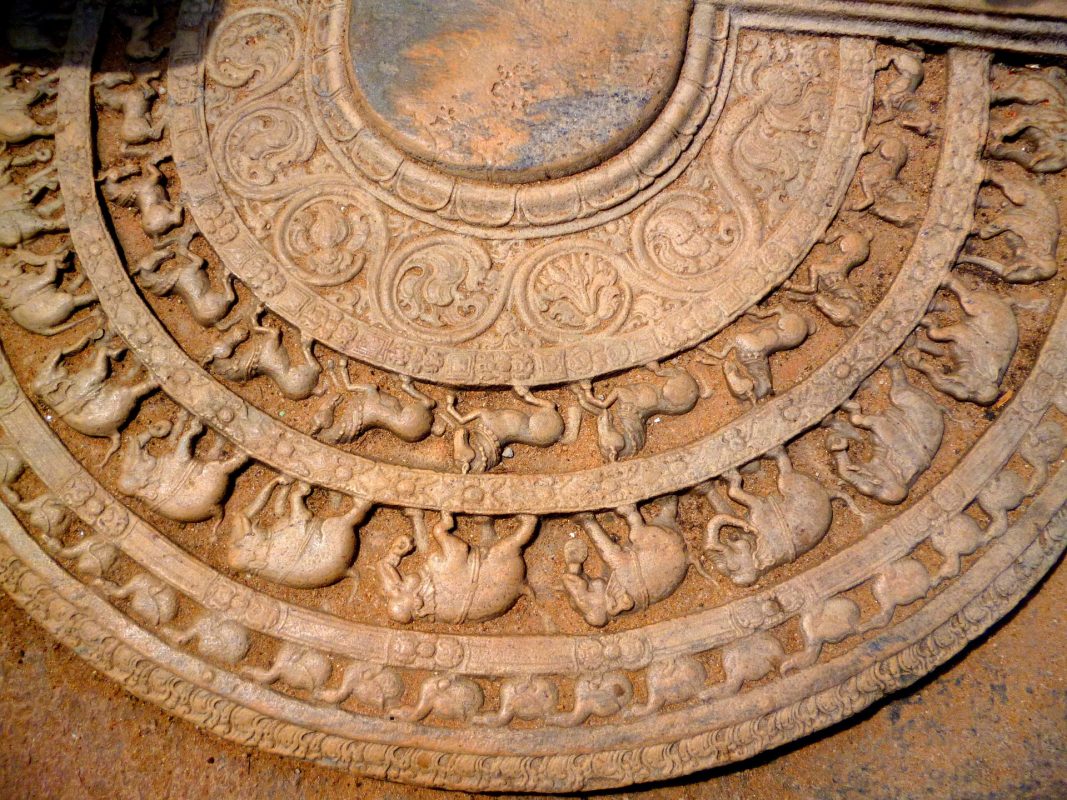
Eth Pokuna ( Elephant pond)
A sizable man-made pond called Eth Pokuna, also known as Elephant Pond, is located close to Lankaramaya Anuradhapura. This Pond has a holding capacity of 75,000 cubic meters and measures 159 meters long, 52.7 meters across, and 9.5 meters deep.
This Pond receives its water from the Periyamkulama Tank via a network of underground waterways, and you can still make out some of the water lines made of rock slabs.
These subterranean waterways are still functional after so many centuries, and in 1982, following a hefty rainy season, you could see water pouring through them from the Periyamkulama tank.
The monks of the Abayagiri monastery, numbering over 5,000 priests, have used this tank.
Hide behind the stone pillars of Lankarama stupa
Anuradhapura’s Lankarama stupa King Valagamba built the Lankarama stupa in the ancient site of Galhebakada in the former Sri Lankan kingdom of Anuradhapura. The old form of the stupa, which was later renovated, is unknown.
There are rows of stone pillars visible in ruins, and it is evident that a house has been erected around the stupa vatadage to envelop it. The stupa’s circular Courtyard appears to cover the area in three locations. The stupa is 14 meters in diameter. The yard is circular and has a 406 m diameter.
Lead a step to Abhayagiriya Museum
The historic monastery complex of Abhayagiriya in Anuradhapura houses the Abhayagiriya Museum. The public exhibition was inaugurated on June 13th, 1992. The Central Cultural Fund created the museum with financial assistance from China and modeled it after the old Panchavasa monastery plan. The Abhayagiriya archaeological complex serves as its focal point. The main goal of this museum is to demonstrate through artifacts found in Abhayagiriya that Sri Lanka was a prosperous nation that grew through diplomatic relations and a nation where technology and the arts coexisted admirably.
Blessings from Thuparamaya Dagoba
Anuradhapura’s Thuparamaya Dagoba Stupa The oldest stupa in Sri Lanka is this one. Although less significant than other Anuradhapura stupas, this one is revered because it still houses a piece of the Buddha’s collarbone. While some of the original columns still stand in the main building, they completely renovated the structure as it was today in 1862.
King Devanampiyatissa first constructed Thuparama Dagoba to house the collarbone artifact in the fourth century. In other remnants of the original Dagoba, you can find superb moonstones, pillar bases, stone carvings, and temple ruins.
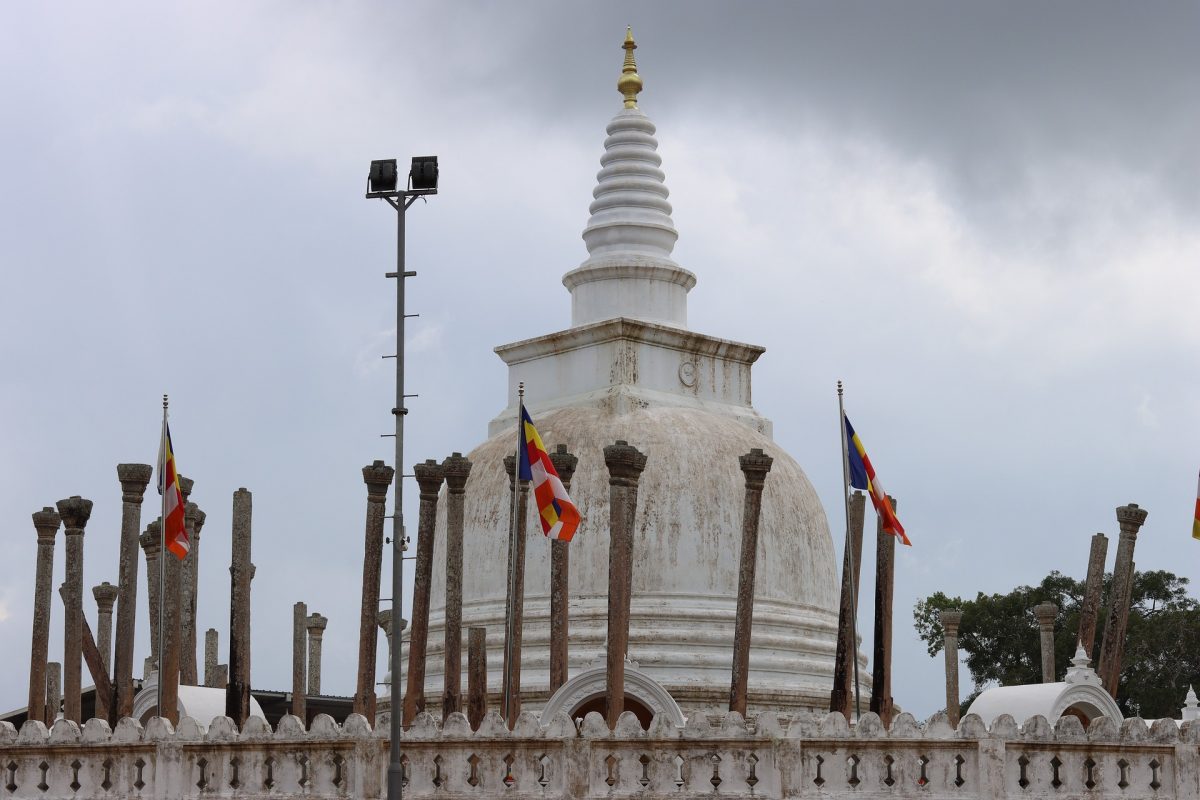
Brilliant designs in Kuttam pokuna ( twin pond )
Twin Pond Kuttam Pokuna in Anuradhapura, A group of dressed-stone ponds known as Kuttam Pokuna Twin Ponds, can be found close to Abhayagiri Monastery. Bases in Sri Lanka’s Anuradhapura District.
The pools are seen to have been constructed by King Aggabodhi I (564-598 A.D.) for the use of the Kapara Mula society’s Buddhist monks. However, some contend that the smaller pool has superior features to the larger one. They consequently think that these two pools were not designed and constructed simultaneously.
The two rectangular pools are built lower than the surrounding ground in the pools. A tiny hallway divides the two pools, one smaller than the other. The lengths of the pools vary, but they are both the same width. The dimensions get smaller as you get closer to the bottom of the collections. The larger pool measures 132 feet at ground level, while the smaller pool is only 91 feet long. Both reservoirs are 51 feet wide.
Brilliant masterpiece Awkana Buddha statue
Buddha statue in Awkana The Awkana Buddha statue, which stood 12 meters tall and was constructed in the fifth century A.D., is the tallest ancient Buddha sculpture in Sri Lanka. Early Sri Lankan iconography is carved from a natural rock stone and is regarded as a masterpiece. You will pass the drive along with the Kala Wewa bunt on your way to Awkana. Near the Kala wewa Tank, about 180 kilometers north of Colombo or 30 kilometers northwest of Dambulla, you can find the Awkana Buddha statue. It is accessible via Kekirawa road from Dambulla and Anuradapura.
The Awkana statue says to have been erected in the fifth century during the administration of King Dhatusena (455 AD–473 AD), according to the Mahawansha.
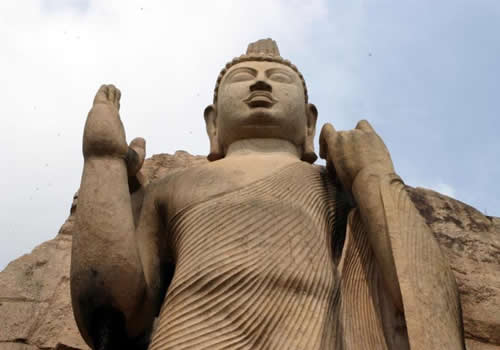
To the past at Kalawewa National Park
King Dhatusena constructed the magnificent Kalawewa and Balaluwewa water tanks in the fifth century. They are now part of Kalawewa National Park, established as a national park in 2015. Elephants live in this over 6000-hectare Park, but one crucial distinction is that the herd includes many tusks or male elephants with tusks (ivory). Tuskers are a prestigious sight because only 7% of male elephants have them.
Elephants are heavily interrogated after the lush grassland that emerges when the water levels drop from the tank beds in the dry zone. Both local herds and migratory herds from nearby forests assemble to eat the grass. The chances of such sightings are encouraging because the Park is only accessible during the dry season. Additionally, this is on top of identifying sizable flocks of open-billed storks.
Around October or November, the monsoon season begins, and the grasslands vanish to make way for full reservoirs. The migratory elephants return while the local elephant herds continue to exist—the lush kumbuk trees and vegetation in the Park complement the birdlife, reservoirs, and rural setting.
Steps upward to Mihintale
close to Anuradhapura, Mihintale A hill peak in Sri Lanka called Mihintale is close to Anuradhapura. The meeting between the Buddhist hermit Mahinda and King Devanampiyatissa, which marked the beginning of Buddhism in Sri Lanka, is thought by Sri Lankans to have taken place there. It is now a popular destination for pilgrims and the location of numerous religious structures and monuments. Thera Mahinda, the son of Indian Emperor Asoka, reportedly visited Sri Lanka on the full moon day of Poson (June), where he met King Devanampiyatissa and shared the gospel with the monarch and his subjects. Sri Lankan Buddhists revere the traditional location of this meeting.
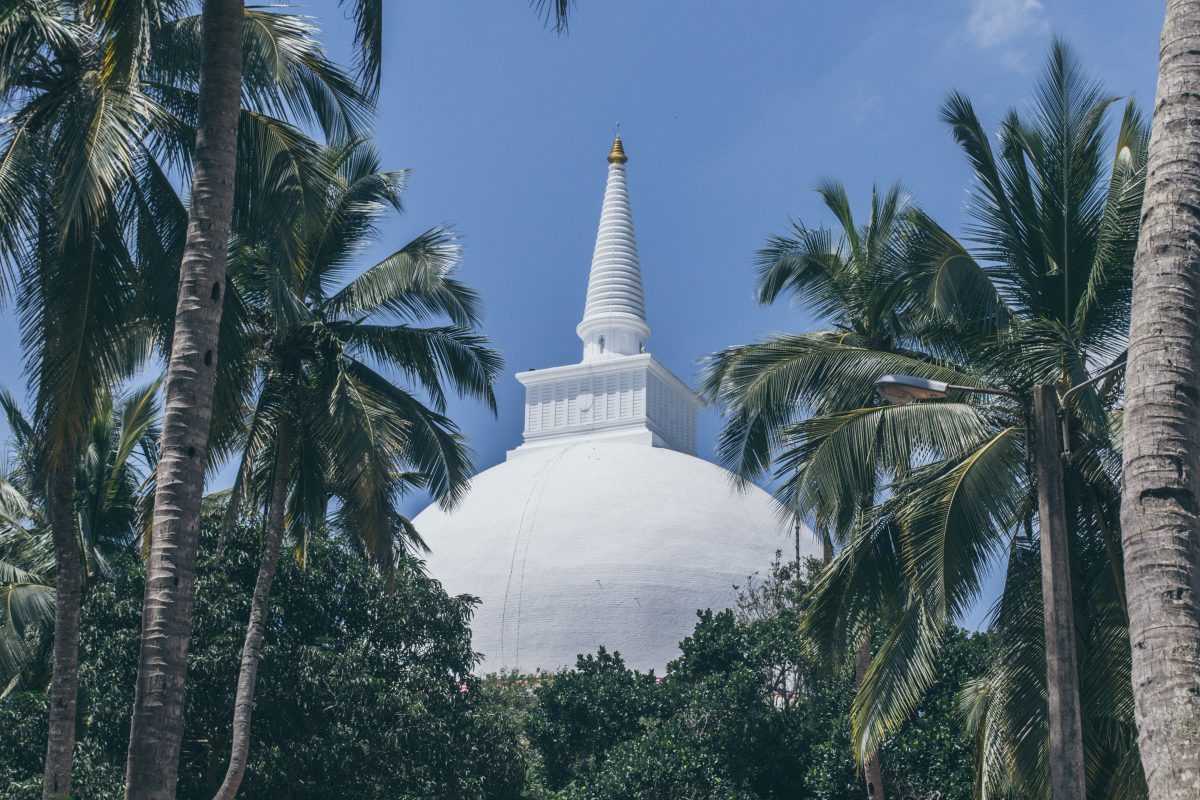
Ancient irrigation system at reservoir in Tissa Wewa
The reservoir at Tissa Wewa in Anuradhapura In the third century B.C., King Devanampiya Tissa constructed the Tissa Wewa Reservoir. It was created to provide much-needed precipitation to the nearby paddy fields and water to the capital city of Anuradhapura, including the Royal Gardens, which are just over the wewa bund. The old Tissa Wewa in Anuradhapura still is an essential resource for the local villagers, and life there continues much as it did in the past.
A morning walk along the shores provides a fascinating window into local village life if the water level at Tissa Wewa is below. Cattle herders take their cattle to graze on the grasses while fishermen are netting in their catch of Wew Maalu (small lake fish).
The environment is pleasant for birdwatchers like us. The many migratory birds that frequent the lake, such as Egrets, Grey Herons, Cormorants, Black-winged Stilts, Pelicans, Painted Storks, and in certain seasons, Kentish Plovers, Little-ringed Plovers, Barn Swallows, Sandpipers, and others, are such a treat to observe.
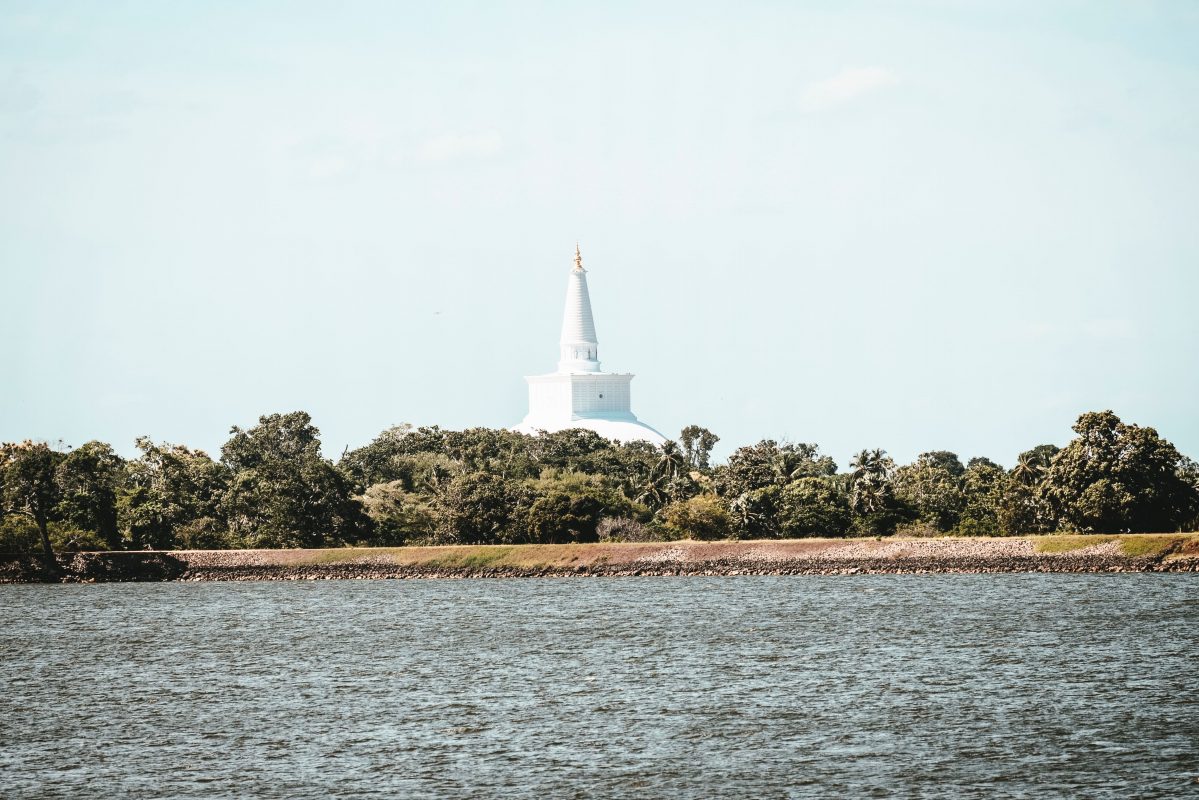
Brilliant architecture at Gal Palama
Gal Palama, an ancient stone bridge in Anuradhapura, is ideally just a tiny portion of the stone column that made up the ancient Malwathu Oya bridge in Anuradhapura. Gal Palama is the name of this historic stone bridge in the area. The Yodha Ela, a canal and water outlet that brought water from a nearby tank to irrigate rice paddies, was built when it was first constructed. Yodha Ela is no longer present under the bridge, and in its place is a smaller, more modern waterway.
Two such historic stone bridges span the Malwathu Oya, the principal river that supplies the area, and the waterway.
Be among the history of Jethawanarama Pilima ge
Anuradhapura’s Jethawanarama Image House (Pilima ge) West of the Jethawanarama stupa is the most notable image house, also known as Pilima ge, which is part of the Jethawanarama monastery complex in Anuradhapura. Gedige, a vaulted image house, is what it is.
The twenty-five chamber stone reliquary (yantragala) and the Buddha image’s lotus pedestal are made possible by the eight-meter high solid door side posts. Thuparama, Lankatilaka, and Tivanka image houses at Polonnaruwa are examples of this vaulted type of home.
Ancient healing power in Vedahala
The Vedahala is located in Mihintale, Anuradhapura, and is known as the Ancient Hospital.
It was inevitable that they would need a hospital as the number of monks and devout non-specialists increased. As a result, King Sena, the second (853-887 AC) at Mihintale, founded the main hospital. The description was based on an inscription from the tenth century that was discovered there.
At the Mihintale site entrance, you can see the ruins of a hospital with its layout restored. There is an exterior courtyard with four rooms at the hospital’s entrance:
- consultation space
- Space for preparing
- storage of drugs
- enough space for hot water baths
The main building is located at the northern end of the quadrangular exterior Courtyard, which also has a small shrine in the center. On each Central Courtyard’s four sides, a two-story-high platform is used to organize the rooms. The shrine, which is located in the Courtyard, faces the rooms. Each room has an area of about 100 square feet. All the cells are opened as the rooms open onto an interior veranda.
Sacred Sasseruwa Buddha statue
Buddha statue in Sasseruwa, Anuradhapura A second standing Buddha statue, the Sasseruwa Buddha statue, is situated on a stony mountainside 300 steps west of the Aukana Buddha statue. As at the Aukana statue, as evidenced by the holes drilled for beams in the surrounding rock. Marauding Dravidian enemies from South India destroyed this covering structure and all other buildings.
From the very top of the statue’s head to its very bottom, there are unfinished pieces: the “Siraspata” decoration above the head, one of the ears, the finishing touch on the Buddha’s robe, and the foundation, which is simply an unadorned square block of rock.
Two legends connect the Aukana Buddha and the Sasseruwa Buddha Statue. First, according to some, the artisans at Aukana abandoned the statue after it developed cracks on its torso during construction.
Step in to Shila Chethiya dagoba
Anuradhapura’s Sila stupa, also known as Shila Chethiya Dagoba (kujja thissa Dagoba), is an archaeological site nearby the Ruwanweli Seya that hasn’t received much attention from visitors and pilgrims who are traveling through Anuradhapura. This Dagoba is located in Anuradhapura in front of Ruwanweliseya, about 2 kilometers from the railway station.
This Dagoba is thought to have been built by King Saddhatissa, who ruled Anuradhapura from 119 to 137 BC. The Mahavansa and the Manorathapurani claimed that Arahant Kujjatissa’s remains had levitated, moved to the location of the selachethiya, and worked a significant miracle there. This Dagaba is thought to have architectural elements from the late Anuradhapura period. Do not overlook visiting this important historical site if you are in Anuradhapura.
Find mysteries behind Kaludiya Pokuna
The Kaludiya Pokuna ( black water Pond ) Anuradhapura Mihintale A pond called Kaludiya Pokuna can be found in Mihintale, Anuradhapura. This demonstrates the Sinhalese monarchy’s most exceptional water-powered development. One of the three remaining millponds and waterways in the area that still breathes modern air is The Pond. The Pond is surrounded by what are thought to be the remains of a stupa and monastery and is located at the base of Mihintale’s western slopes. The Pond’s name refers to how dark it often seems because of the nearby jungle trees and bushes.
So as said earlier, Anuradhapura is the most atmospheric location in Sri Lanka because it is covered in dagobas (stupas). Today, most of Anuradhapura’s ruins are still used as temples or other sacred locations. In addition to temples, this ancient city has swimming pools and cheap lodging options. If you get along with their laid-back attitude and pace of life, your two-day trip to Anuradhapura might turn into four or even five. As they will give you a glimpse of this place’s history, visit the top attractions in Anuradhapura.
For more tips: The best months to visit Anuradhapura are April and September, even though the city’s climate is constant throughout the year. The city experiences less rainfall and a dry season during these months, making it ideal for sightseeing.
So now you know when to schedule your trip if you want to explore this location without hassle.So, just visit Sri Lanka to explore ancient proud architecture and engineering mysteries!

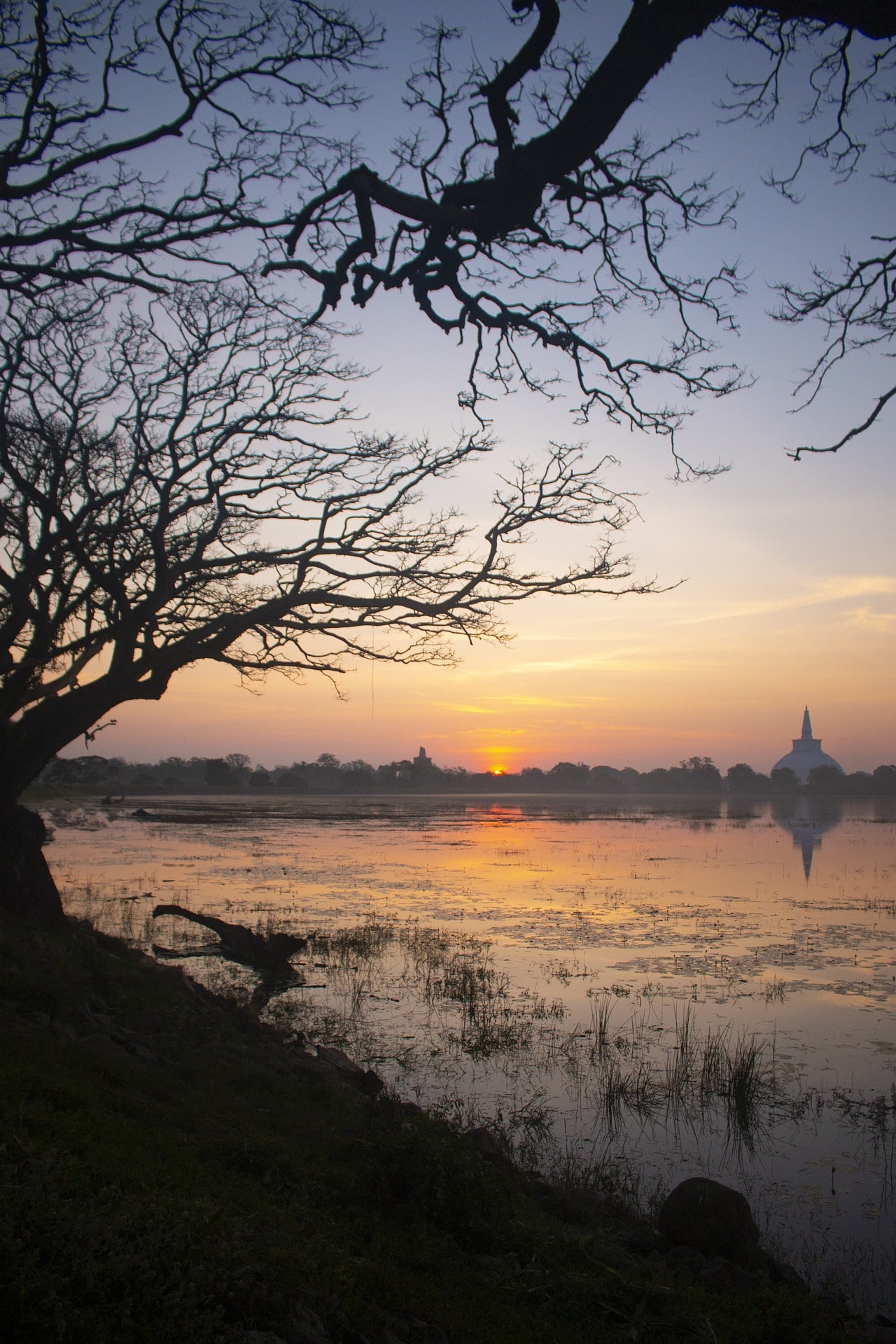
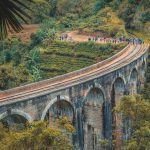

Comments are closed.